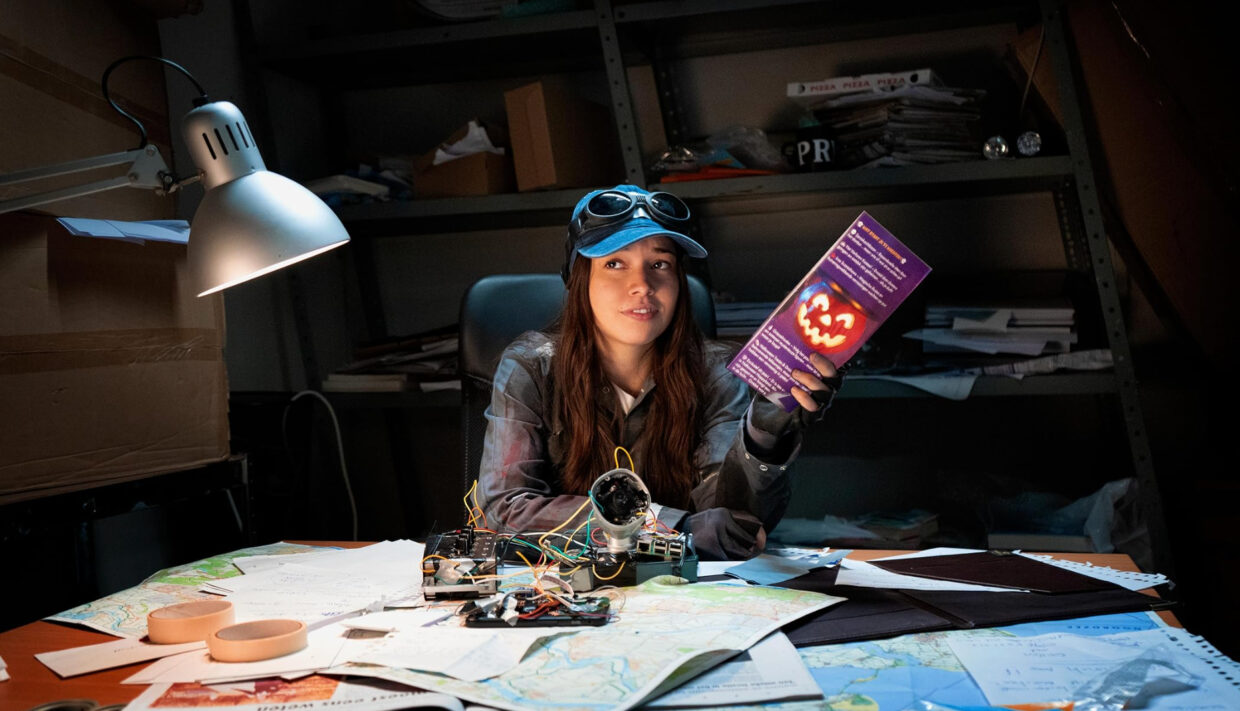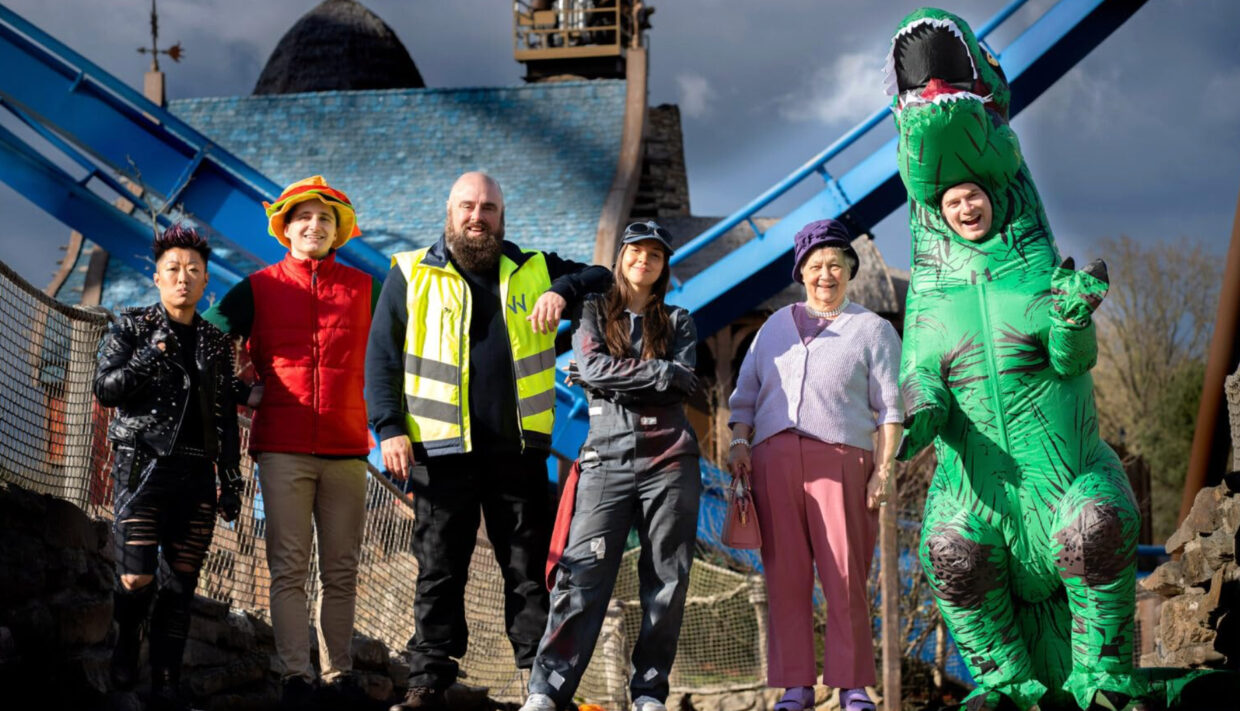
The call sheet for HalloWiebe presented the kind of technical puzzle that makes location sound mixers either panic or get creative. Ivo Bemelmans, working out of the Netherlands, chose the latter, armed with what he describes as an entire ecosystem of Deity gear that turned his sound cart into a synchronised, wireless command centre.
HalloWiebe isn’t your typical Halloween flick. It’s a family-friendly Dutch comedy that hit cinemas this past September, and Bemelmans needed audio solutions that could keep pace with everything from rollercoaster ambience to costumes that seemed designed to defeat microphones. The answer, he found, was in letting his tools talk to each other.
The Ecosystem Approach
Bemelmans didn’t just use Deity products. He deployed them as an integrated system. TC-1 timecode generators kept everything locked. A TC-SL1 smart slate provided visual sync. PR-2 32-bit float recorders with WlavPro lav mics were used as plant mics in places no boom operator could reach. Theos digital wireless sets handled both camera hops and IFB. DXTX plug-ons turned boom mics wireless. The list continues: power distributors, RF distribution, antenna systems, charging stations, batteries, cables. All speaking the same language.
“The biggest advantage for me is that all the timecode and wireless gear operates within a single ecosystem,” Bemelmans says. “Everything is designed to work in harmony, which makes setup and daily use much smoother.”
It’s the kind of interoperability that sounds obvious until you’ve spent a day troubleshooting why your slate won’t jam to your recorder or your wireless hop keeps dropping out because someone’s IFB is on the wrong frequency. When your tools are built to coexist, the technical anxiety drops.

The Rollercoaster Problem
Some scenes don’t need a sound mixer present. They need a sound mixer who knows when to step back. When production called for ambience inside a moving rollercoaster wagon, Bemelmans reached for the PR-2 recorder paired with a WlavPro mic. The combination of 32-bit float recording and embedded timecode meant he could plant the rig, let it ride, and trust the math would work out in post.
“It served as a plant mic and delivered great results without needing constant monitoring,” he says. In an industry where “set it and forget it” usually means “pray and hope,” 32-bit float recording changes the equation. Clipping becomes a non-issue. The recorder captures everything, and you sort out the levels later when you’re not racing against a shooting schedule.
The Hat Trick
Then there was the costume that defied conventional miking techniques. Thick fabric that swallowed sound whole. The character wore a hat. Bemelmans hid a PR-2 recorder and WlavPro mic inside it. “This setup worked perfectly and saved the day,” he recalls. It’s the kind of problem-solving that separates adequate location sound from the real thing: knowing your gear well enough to improvise when the script throws you a curveball wrapped in sound-deadening fabric.

The Bigger Picture
Bemelmans sees himself using more Deity gear with each project, not less. “They consistently surprise me with practical solutions that are truly useful on set,” he notes.
What matters on a working film set isn’t whether your equipment looks impressive on a spec sheet. It’s whether it solves real problems when the director is waiting and the light is fading. For HalloWiebe, that meant a synchronized system that could handle everything from rollercoaster ambience to costume challenges, all while keeping timecode locked and wireless signals clean.
HalloWiebe is now playing in Dutch cinemas, where audiences are hearing every laugh and scare exactly as Bemelmans captured it. Hat mics and all.